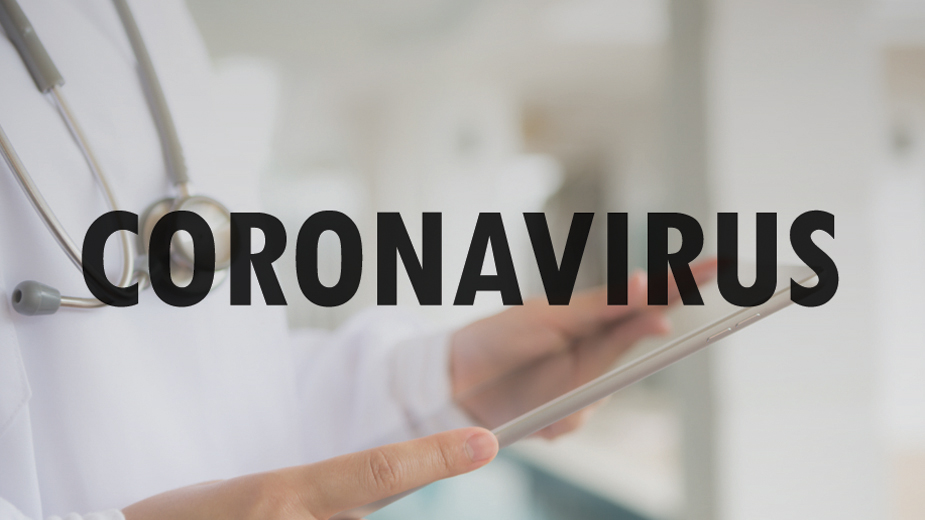Hospital Leaders: New Virus Surge Could Overwhelm Us
YOUNGSTOWN, Ohio – As the coronavirus continues its surge across the state and country, Ohio’s medical leaders are again encouraging the public to take safety measures to slow the virus’ spread.
In Ohio, a record 5,549 new cases were reported Sunday and the state has had more than 4,000 new cases daily for nearly a week.
“That’s in addition to the normal fall flu and other critical illnesses. It’s not sustainable,” said Dr. Ronda Lehman, president of Mercy Health-Lima, noting that the number of COVID-19 patients hospitalized in the system she oversees has increased to 75 from 30 at the beginning of October.
Statewide, the surge of new virus cases is threatening to overwhelm the health-care system. In southeastern Ohio, the number of new cases is currently doubling every three weeks.
“If you start to model it and increase the doubling time to six weeks, we’re only seeing 300 patients in our facilities, a number we can certainly accommodate. It’s unfortunate, but it’s something we can manage,” said Dr. Richard Lofgren, president and CEO of UC Health, the University of Cincinnati’s health system. “If we continue to accelerate, to 14 days from 21 days, we’d see more than 1,400 patients. It’s at that point you start to exhaust resources, most notably staff. It’d result in us having to think about deferring non-COVID care.”
But unlike in the spring, when the biggest threat to care was the lack of needed protective equipment, the challenge this time is having the number of personnel needed. Mercy Health-Lima has already “pulled out all the stops” in reassigning workers from other settings, such as physician offices.
“It’s not limitations of safety supplies or physical beds, but because we’re exhausting the available supply of trained personnel,” said Dr. Bruce Vanderhoff, chief medical officer of the Ohio Department of Health. “These nurses, physicians, pharmacists and other health-care providers live in our communities. They can’t escape the impact of rising COVID numbers in their communities. When they have to quarantine, they can’t be bedside.”
While the doctors all urged increase use of facemarks, social distancing and other precautionary measures, they stopped well short of calling for another shutdown like what was enacted in the spring. Dr. Andy Thomas, chief clinical officer of Wexner Medical Center, said that part of the reason such measures aren’t needed at this time is because of a difference in the settings in which spread occurs.
“When I go out to Giant Eagle, to Home Depot, to stores, I see a lot of people in masks. That’s terrific,” he said. “What I’m hearing from public health colleagues and physicians around the state is that spread is happening in homes, with parties, at weddings, at funerals. I think a stay-at-home order that would close businesses, in my mind, doesn’t make sense this time around because it’s much more about personal behavior and activities in your personal life.”
During the press conference, the group was asked multiple times about the effectiveness of such behavior reminders, given that the advice has been Ohio’s main preventive effort through both the current surge that started in October and the surge over the summer after the Fourth of July. All answered that limitations on activities and businesses could be in the cards, but is not the right measure at this time.
“It’s part of the dialogue that public health leaders and governmental leaders are having. Will we need to go further and if so, what are the right steps to take. Right now, this is the first step. We need to remind everyone of the importance of masking and distancing,” Vanderhoff said. “COVID fatigue, this kind of laissez-faire attitude, has crept into our lives. That’s why we’re starting with this today. It doesn’t mean we don’t think additional steps are needed.”
Following the news Monday morning that Pfizer’s COVID-19 vaccine has a 90% success rate in early tests, Dr. Robert Wyllie, the Cleveland Clinic’s chief of medical operations, said there’s light at the end of the tunnel” and that now is the time to double down on safety measures.
“If we have a vaccine – we still have to look at the safety data and everything else – that’s 90% effective, within the next four to six months the population is probably going to be vaccinated. We won’t be having the same discussion in six months,” he said. “What we don’t want is to overwhelm the system or have people pass away when we’re in sight of the end.”
The full press conference can be watched on the Ohio Channel’s YouTube page.
Copyright 2024 The Business Journal, Youngstown, Ohio.



